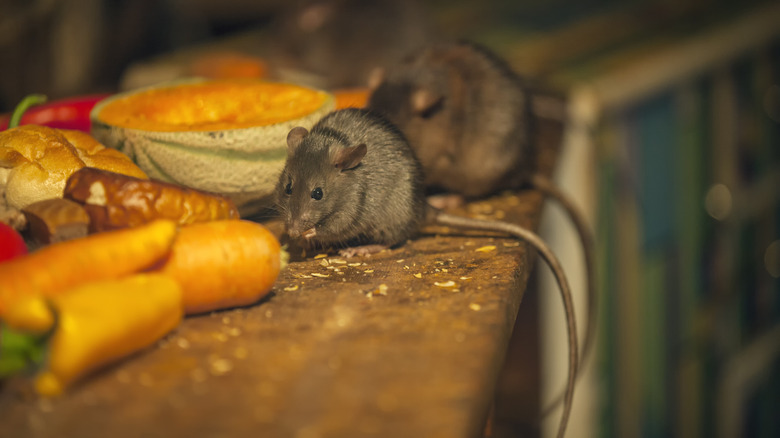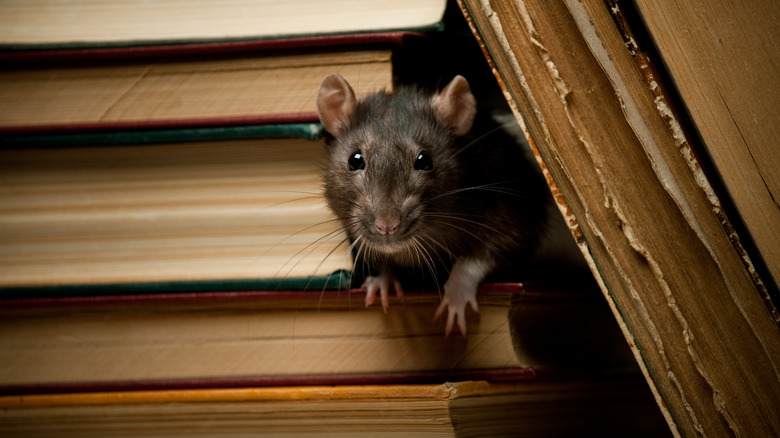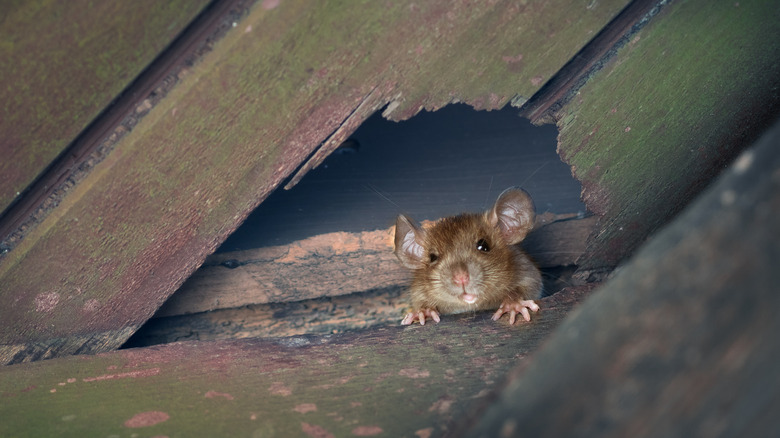How To Identify The Common Type Of Rat In Your House This Winter (And What Do Do About It)
No one wants to find rats in the attic of their homes -– or in any other parts, for that matter. However, when it happens, it's important to take steps to either get rid of the rats humanely or have an exterminator come to your home and take care of the problem. One way you can make the best choice for how to take care of this type of infestation is by identifying the rats you are seeing. Different species behave a bit differently, meaning you may have a better chance of eliminating the problem when you understand exactly what you're up against. The two most common types of these rodents – that people find in their homes in North America — are Norway and roof rats.
Some people also may find pack rats in their homes, although they are a little less common than the other two. These animals love to build nests with shiny objects. They are smaller than the other common species, measuring up to 8 inches in length without including the tail. They also have a fur color that's reddish-brown or brown-gray. If you know you have pack rats, you can likely eliminate them more easily than the other common types. This species often can be caught using basic snap traps. Use nuts, meats, and dried fruit as the bait. Additionally, remove clutter in the area of the nest and clean it to prevent them from returning.
What to do if you have Norway rats in your home in winter time
Norway rats are common to find in your home, as they prefer to live in urban areas around people. They can be up to 10 inches in length — without the tail. The rodents usually have dark gray or brown fur on the back with lighter-colored fur on the belly. Although this species does not hibernate, it does tend to move indoors during wintertime to seek warmer nesting locations.
Norway rats are difficult to eliminate because they are wary of anything new that appears in their environment. This means that using snap or glue traps to eliminate them can be a challenge. You may catch some of them with the traps, but others will likely steer clear of them. Try placing the traps in areas where you see droppings or gnaw marks, which is an indication that the rodents are using this space as a nest or a pathway. Because these animals are difficult to trap, you may need to reach out to an exterminator if you notice Norway rats in your home. The professionals can make sure to eliminate all of them — rather than only the ones that the traps are catching. To keep the rats from returning in the future, make sure you seal any holes in your foundation or attic vents that are larger than ½ -inch. Clean the area to remove nesting materials as well.
How to get rid of roof rats in your attic in wintertime
Roof rats are rodents that can measure up to 8 inches in body length, with tails that often are slightly longer in comparison. They often have brown fur with black fur mixed with it, which is why some people call them black rats. This species is one of the best at climbing, allowing these rats to often end up in attics. They may climb along power lines or tree branches to reach the roof of a home. From there, they can climb into the attic if you have any holes where they can squeeze through to move indoors and seek warmer places to nest during wintertime. You're far more likely to find the roof rat in the attic, whereas the Norway variety is more likely to nest closer to the ground — although you may occasionally find Norway rats in the attic, too.
Typically, homeowners can catch roof rats through the use of snap traps. However, it can be tough to catch them because they can be wary of new items in their living space. If you don't want to worry about trying to trap these rodents, calling a pest exterminator may be the better option to ensure that the full population of these pests goes away. To keep them gone, plug any holes in the attic area and trim branches that they may use to climb toward the attic space.


